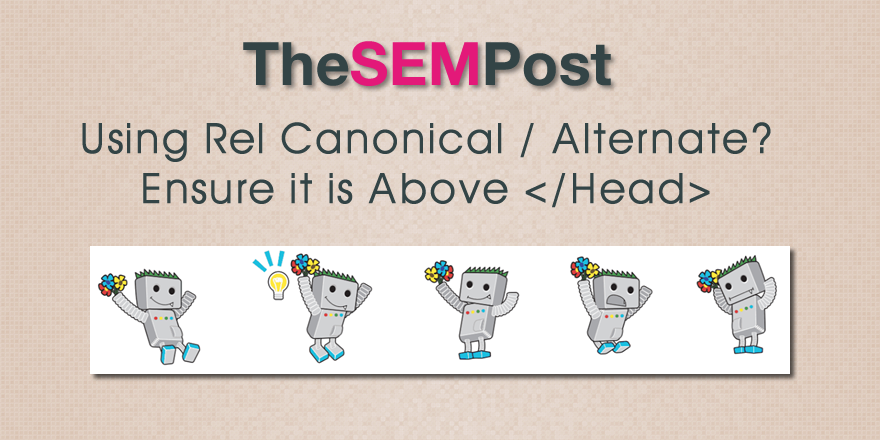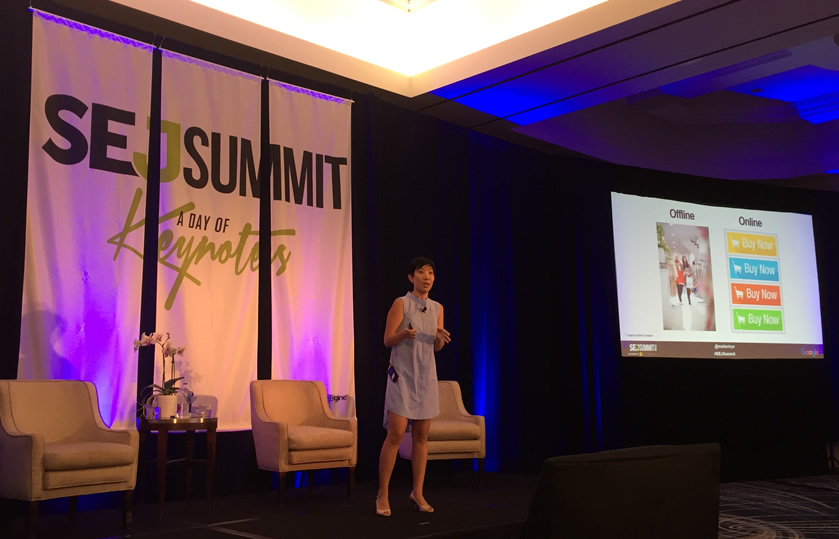

Ohye says that they cut off the use of the rel tag at the head, but sometimes people close the <head> tag early on the page, and before tags like rel canonical and rel alternate are used. But because Google “cuts off at the head”, Google won’t process or follow those tags.
This is an instance where correct code is actually important… and for very good reason. Ohye said that they want to prevent issues where users, such as a commenter, could use a rel canonical tag and point to their own site. And depending on how some sites code their comments – or allow code in comments – technically someone could place a rel canonical tag pointing to their own site, or worse, an adult site, to hurt their competitor.
So because Google doesn’t use rel canonical and rel alternate tags used after the <head> tag is closed, there isn’t the risk of an accidental hijacking. This also explains why sometimes webmasters think they have implemented rel tags correctly, but Google doesn’t seem to be following them… chances are, it is an issue with placement above/below the closed <head> tag.
Jennifer Slegg
Latest posts by Jennifer Slegg (see all)
- 2022 Update for Google Quality Rater Guidelines – Big YMYL Updates - August 1, 2022
- Google Quality Rater Guidelines: The Low Quality 2021 Update - October 19, 2021
- Rethinking Affiliate Sites With Google’s Product Review Update - April 23, 2021
- New Google Quality Rater Guidelines, Update Adds Emphasis on Needs Met - October 16, 2020
- Google Updates Experiment Statistics for Quality Raters - October 6, 2020



